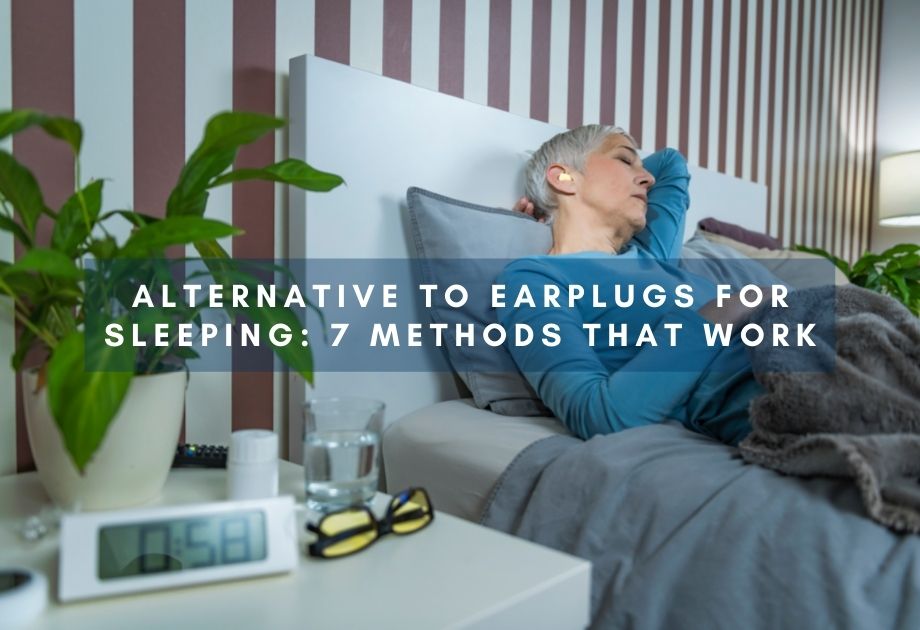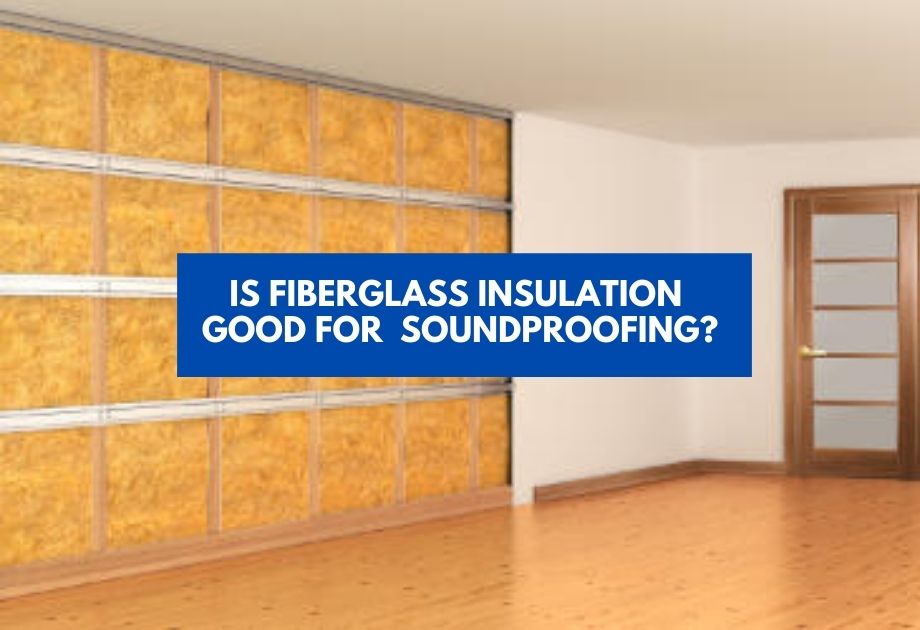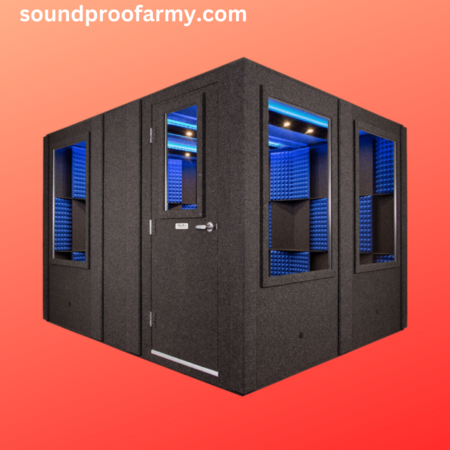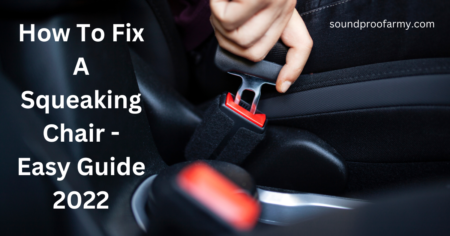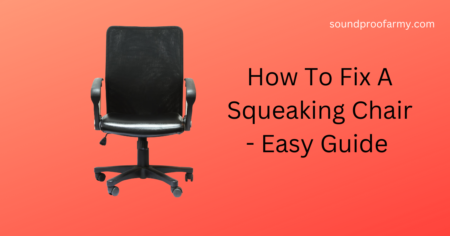The sound of your neighbor’s television can be too much to bear. This is especially true if you live in an apartment complex where there are thin walls separating apartments. Luckily, it is very easy to soundproof a wall between apartments and make life more peaceful for yourself and your neighbors.
- Seal the Gaps and Holes on the Wall
- Hang soundproof Curtains on the Walls
- Use Acoustic Foams
- Paint the Walls with Soundproof Paint
- Fill Out Space with Furniture
- Use Mass Loaded Vinyl
- Add Mass to the Wall – Use Drywall
- Use foam Padding
Do you want to read it in detail? Follow this article below.
Table of Contents
Methods on How to Soundproof a Wall Between Apartments
Below are some effective ways to soundproof a wall between apartments.
It’s better to combine two different methods for better results.
Seal the Gaps and Holes on the Wall
One of the easiest ways to soundproof a wall between two apartments is by sealing all the gaps and holes on the wall.
You need to check your apartment for any holes that are letting in noise. Find out where they are or how big they are. Use a sealant to cover them up!
Sealing the holes and gaps is simple and inexpensive. It just requires some time and material for the job.
Silicone caulking works well on smaller cracks that are less than one inch wide.
If you have larger gaps in your walls, then green glue would be more effective as it expands when applied to make sure all of those pesky little pockets are sealed tight.
Hang soundproof Curtains on the Walls
One way to soundproof a wall between two apartments is by hanging soundproof curtains.
Hanging up curtains can help with privacy as well, so if you have thin walls and need some extra separation from your neighbors this might be the best option for you.
Soundproof curtains such as EMI curtains are designed to keep sound out.
They also work as a great way for you and your neighbors to tune each other out when they want some peace and quiet!
Soundproof curtains can be hung with either hooks or rings that are installed on the studs of the wall, so if you have an apartment without much extra space this might be a good option for you.
Use Acoustic Foams
Acoustic foam is also a good way to soundproof a wall. It will keep the noise from one apartment out of another.
Acoustic foam is a great option for soundproofing because it can be cut to fit the size of your apartment’s walls.
You will need around two inches between the wall and acoustic foam so that no noise gets through, which means you might have to get creative with installation if you live in an old building where there are no studs.
You can use double-sided adhesive to attach the acoustic foam to your walls, and then it will be soundproofed!
Paint the Walls with Soundproof Paint
This is a cost-effective way to soundproof your walls, though it’s not as effective in dealing with high levels of noise.
Acoustic Coat is a latex paint that can be used to soundproof walls.
It’s not only great for apartments but also for offices and other spaces where people need peace and quiet so they can concentrate on their work!
Painting your apartment will require a lot of time though, which might not suit everyone. But it’s worth it.
The soundproof paint is thicker than normal latex paint and a little more expensive.
It can be applied with a brush or roller – whichever is best for what type of space (or even if there are corners to worry about).
Acoustic Paint can be applied by anyone, and there are no special tools required for installation.
Fill Out Space with Furniture
Filling up the space with furniture is another great way to soundproof a wall.
If you don’t have the budget for soundproof curtains or acoustic foam, then this may be your best option.
For this method, you’ll need to fill the full space with furniture. You could place bookshelves or plant stands on both sides of the wall and in front of it too.
Finally, a sofa should be placed behind the backrest against that side of the wall.
Use Mass Loaded Vinyl
This type of vinyl will help prevent the noise from one side of the wall from penetrating into another apartment, as it dampens any vibration between them.
The heavy vinyl creates an air gap in order to stop all outside noise from getting in! It does this by using “mass loading” which gives off a soft padding effect when sound waves hit it. The MLV has elastic properties too so there’s less chance for outside sounds to get through and disturb you!
One downside though is that, unlike acoustic foam or curtains, Mass Loaded Vinyl can’t be removed later on if you want to change something like paint color.
But if you’re not looking for something that can be taken down and reused then this is a good option.
The Mass Loaded Vinyl comes in many different colors so you have lots of options to choose from, but it’s important to get the right thickness because thicker vinyl will absorb more sound than thinner!
It usually takes less time than painting your walls, since all you need to do is measure and cut the rolls which are already pre-cut into strips that can go up to 144 inches long (or 12 feet).
This means there’s no need for any tools or expertise when installing MLV – as long as you know how much space each roll needs on top of itself!
Add Mass to the Wall – Use Drywall
If you want to soundproof a wall between apartments, then adding some thickness is another great idea.
You can add mass by using drywall which will help absorb the noise from inside and outside your apartment!
Drywall is easy to install but does require extra tools like skill saws and hammers.
Make sure not to use nails when installing because they could damage anything below them, and let gravity do its job by just letting it hang there for a bit.
You can also install drywall without any nails if you’re using it on the ceiling.
Just make sure not to use anything hard like a hammer as this could break through and damage your floor or furniture below!
It’s important that there are no gaps in between each piece of drywall where sound might be able to seep through.
The best way to do this is by cutting off one side, then nailing it back against another sheet when they meet up at corners.
If you don’t want to go the extra mile for doing all these steps, then Mass Loaded Vinyl will work great too!
It’ll still help with soundproofing even though it doesn’t add mass as drywall does.
Use foam Padding
Adding foam padding is another great way to soundproof a wall between apartments.
This type of material will help absorb the noise that makes it through your walls, meaning you can be well insulated from the outside world!
Foam padding has been shown to work very effectively when used in construction, especially for large buildings like schools and hospitals- so why not try it?
It’s also a lot cheaper than many other options but does require at least some skill with tools.
Foam pads are mainly made up of urethane foam which helps make sure there are no gaps on either side where sound might escape or enter your home.
Final Words on How to Soundproof a Wall Between Apartments
Above are some hacks you can use to soundproof a wall easily.
The above hacks are very cheap and easy to install by yourself. By using these hacks, you can easily reduce unwanted noise coming from your noisy neighbors living next to your apartment.
We will love to hear from you in the comment section below.

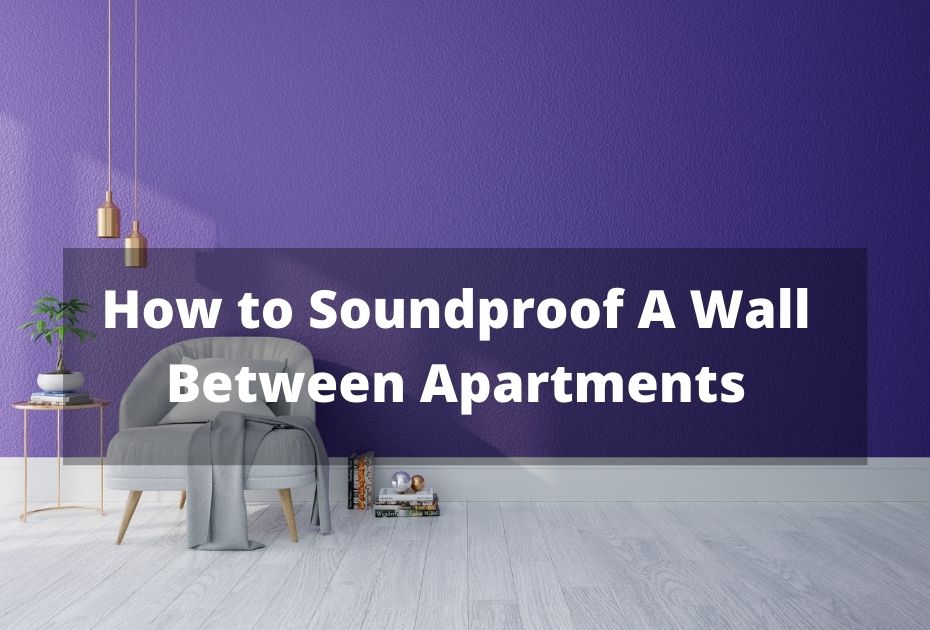


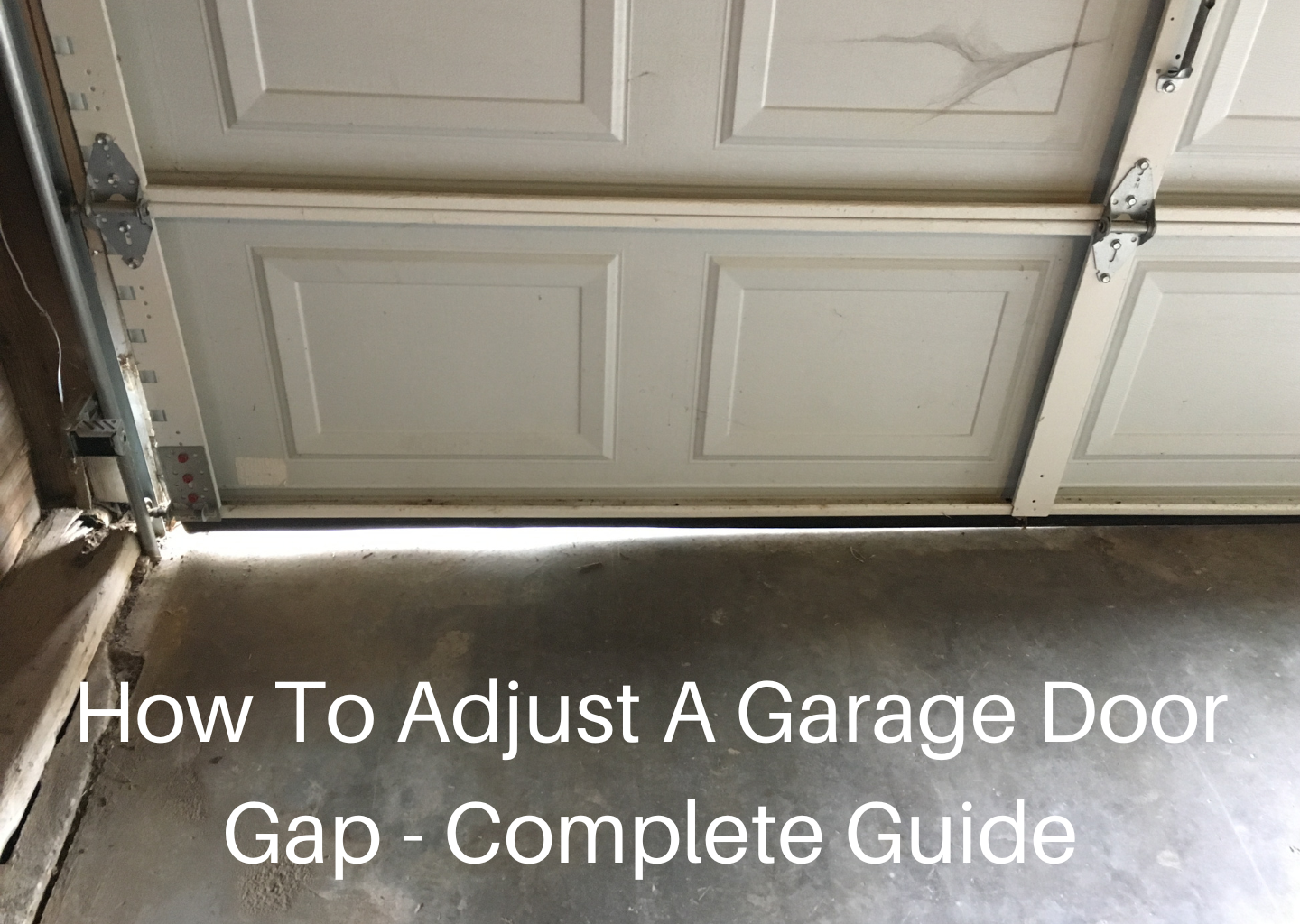
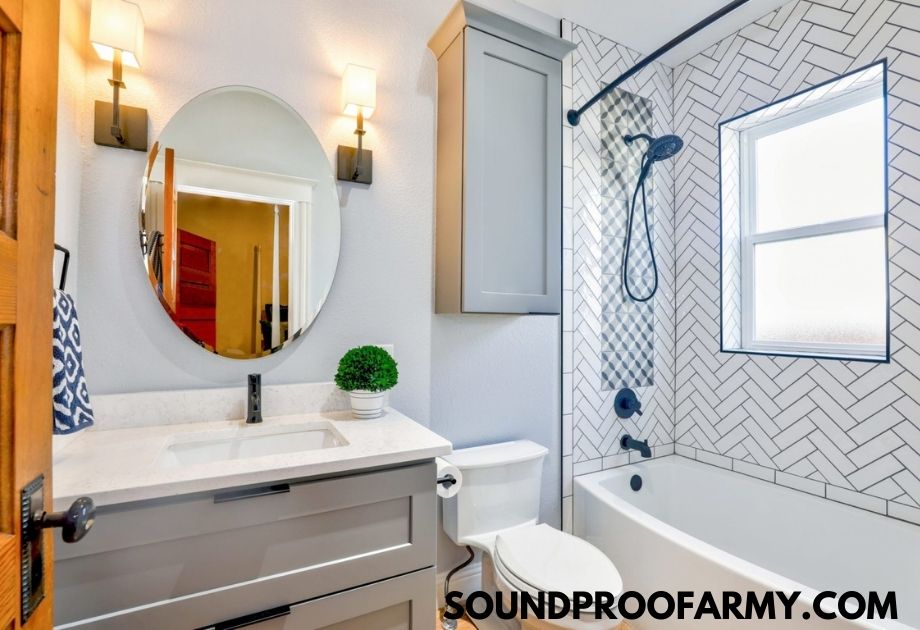
![How To Soundproof A Basement Ceiling Cheaply [9 Ways]](https://soundproofarmy.com/wp-content/uploads/2021/06/cheapest-ways-to-soundproof-basement-ceiling-Simple-DIY-Hacks.jpg)
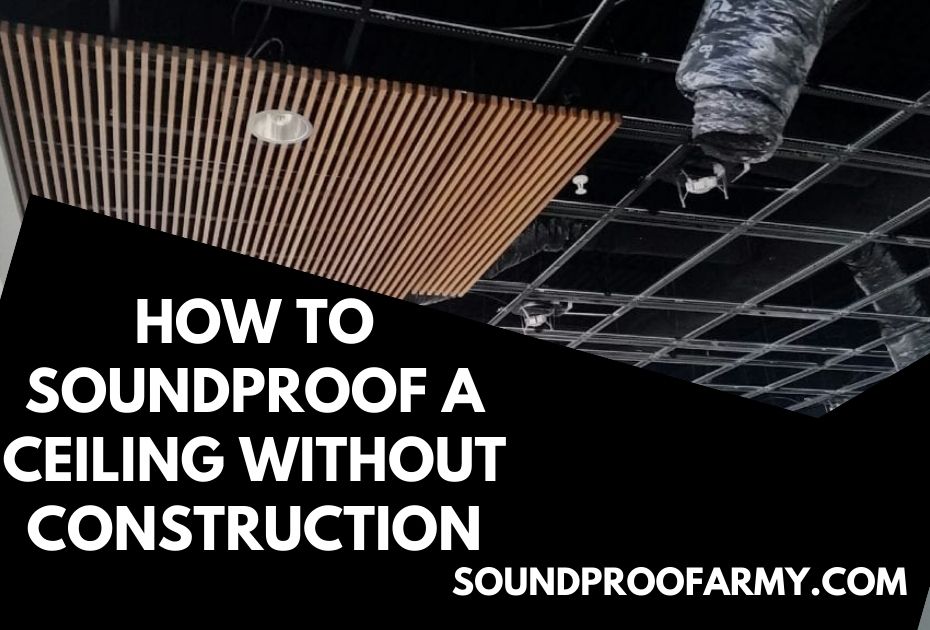
![How to Soundproof a Door with Household Items [14 Effective Ways]](https://soundproofarmy.com/wp-content/uploads/2021/07/How-to-Soundproof-a-Door-with-Household-Items.jpg)
